Ancient Roman Bust, original etching from the end of the 18th century, made by Various Old Masters. Good condition. Units of measurements typical of the period in the lower center of the margin: Palmo Romano – Palmo Napolet. . Bottom right and left the name of the artists: Gio.Casanova – P.Campana. The etching belongs to the print-series Antiquities of Herculaneum Exposed (original title: Le Antichità di Ercolano Esposte), eight volumes of engravings of the finds from the excavation of the ruins of Herculaneum in the Kingdom of Naples (today Campania, Italy). It was published between 1757 and 1792 by the Regia Stamperia and later these copies were delivered to selected recipients throughout Europe. Despite the title, the Antiquity of Herculaneum shows objects from all the excavations undertaken by the Bourbons in the Gulf of Naples. These include Pompeii, Stabia and two sites of Herculaneum: Resina and Portici. The Bourbon king Charles commissioned fifteen scholars to create a new “Herculaneum Academy” to study the finds and publish the results of the archaeological excavations of the sites. The engravings are of high quality and the accompanying text shows a large scholarship. They were made by 25 leading artists involved by the King to prepare drawings and engravings on the finds, among which we find Giovanni Elia Morghen, Carlo Nolli, Luigi Vanvitelli and Giovanni Battista Casanova. The "Antiquity" was designed more to amaze readers with the quality of the objects in the collection of the King of Naples than to be used in research, following and increasing the interest of eighteenth-century society for classical culture and art in particular. Through the exaltation of the classical concept of proportion and harmony, the book inspired the neoclassical movement in Europe, giving artists and decorators access to a vast workshop of Hellenistic motifs. Ref .: National Gallery (Washington), Mark J. Millard Architectural, IV (2000), n. 1. L. Garcia y Garcia, Nova bibliotheca Pompeiana (2 v., 1998). Royal Institute of British Architects, British Architectural Library ... First Printed Books, 1 (1994), no. 112. U. Pannuti, Engravers and designers of the Royal Printing House of Naples in the 18th century: the publication of the Antiquities of Herculaneum, in Xenia antiqua, 9 (2000), p. 151-178. V. Trombetta, The edition of The Antiquities of Herculaneum exhibited in Rendiconti of the Academy of Archeology, Letters and Fine Arts of Naples, 59 (1984), p.151-172.
Buste romain antique, gravure originale de la fin du 18e siècle, réalisée par divers maîtres anciens. Bon état. Unités de mesures typiques de l'époque au centre inférieur de la marge : Palmo Romano - Palmo Napolet . En bas à droite et à gauche le nom des artistes : Gio.Casanova - P.Campana. La gravure appartient à la série d'estampes Antiquités d'Herculanum exposées (titre original : Le Antichità di Ercolano Esposte), huit volumes de gravures des découvertes provenant des fouilles des ruines d'Herculanum dans le Royaume de Naples (aujourd'hui Campanie, Italie). Il a été publié entre 1757 et 1792 par la Regia Stamperia et ces exemplaires ont ensuite été livrés à des destinataires sélectionnés dans toute l'Europe. Malgré son titre, l'Antiquité d'Herculanum présente des objets provenant de toutes les fouilles entreprises par les Bourbons dans le golfe de Naples. Celles-ci comprennent Pompéi, Stabia et deux sites d'Herculanum : Resina et Portici. Le roi Bourbon Charles a chargé quinze savants de créer une nouvelle "Académie d'Herculanum" pour étudier les découvertes et publier les résultats des fouilles archéologiques des sites. Les gravures sont de grande qualité et le texte qui les accompagne témoigne d'une grande érudition. Elles ont été réalisées par 25 artistes de premier plan chargés par le roi de préparer des dessins et des gravures sur les découvertes, parmi lesquels on trouve Giovanni Elia Morghen, Carlo Nolli, Luigi Vanvitelli et Giovanni Battista Casanova. L'"Antiquité" a été conçue davantage pour émerveiller les lecteurs par la qualité des objets de la collection du roi de Naples que pour servir à la recherche, suivant et augmentant l'intérêt de la société du XVIIIe siècle pour la culture classique et l'art en particulier. Par l'exaltation du concept classique de proportion et d'harmonie, l'ouvrage a inspiré le mouvement néoclassique en Europe, donnant aux artistes et aux décorateurs l'accès à un vaste atelier de motifs hellénistiques. Réf. : National Gallery (Washington), Mark J. Millard Architectural, IV (2000), n. 1. L. Garcia y Garcia, Nova bibliotheca Pompeiana (2 v., 1998). Royal Institute of British Architects, British Architectural Library ... First Printed Books, 1 (1994), no 112. U. Pannuti, Engraveurs et dessinateurs de l'Imprimerie royale de Naples au XVIIIe siècle : la publication des Antiquités d'Herculanum, in Xenia antiqua, 9 (2000), p. 151-178. V. Trombetta, L'édition des Antiquités d'Herculanum exposées dans Rendiconti de l'Académie d'Archéologie, Lettres et Beaux-Arts de Naples, 59 (1984), p.151-172.
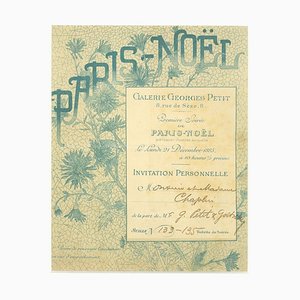
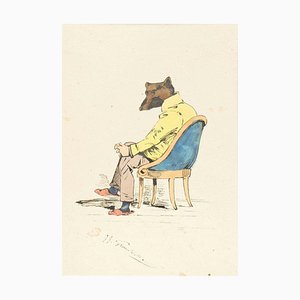
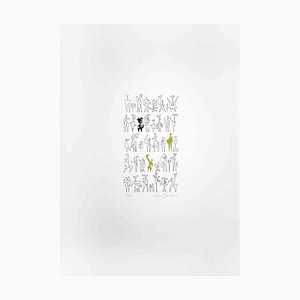
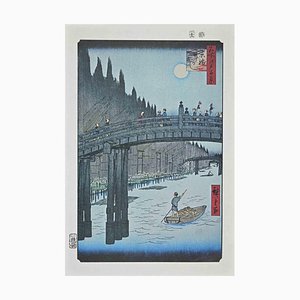
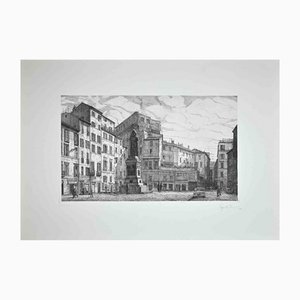

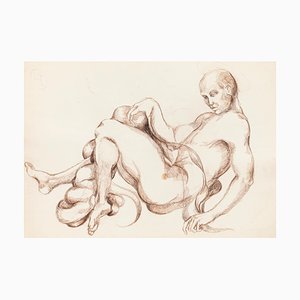
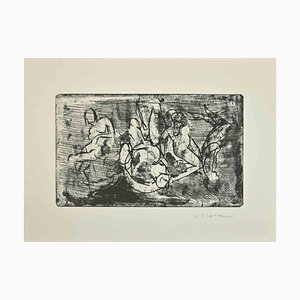

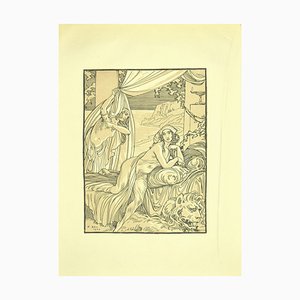


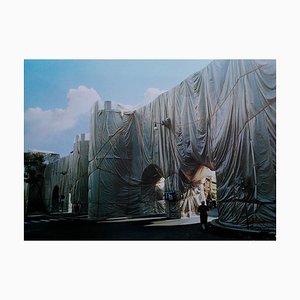
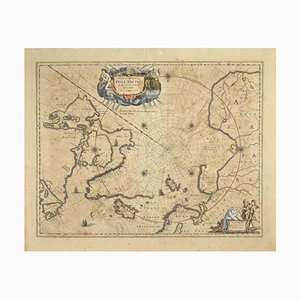
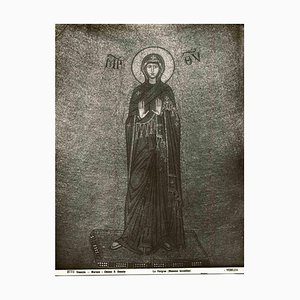
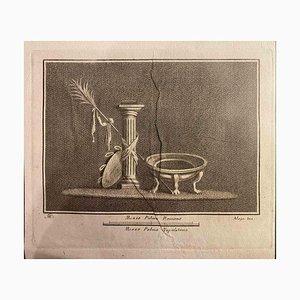
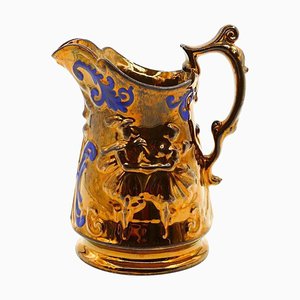
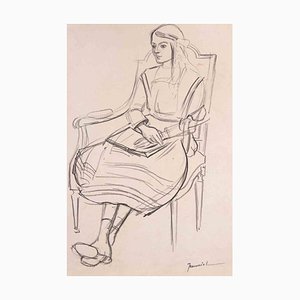
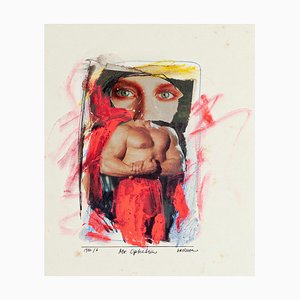
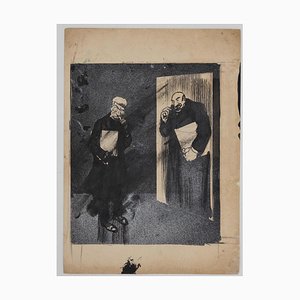
Contactez-nous
Faire une offre
Nous avons remarqué que vous êtes nouveau sur Pamono !
Veuillez accepter les Termes, Conditions et Politique de Confidentialité
Contactez-nous
Faire une offre
Vous y êtes presque!
Pour suivre votre conversation sur la plateforme, merci de compléter votre enregistrement Pour procéder avec votre offre sur la plateforme, veuillez compléter l’enregistrement.Envoyé!
Merci pour votre message, un membre de notre équipe vous contactera rapidemment
Si vous etes un professionnel du design, merci de vous inscrire ici pour pouvoir profiter de bénéfices exclusifs